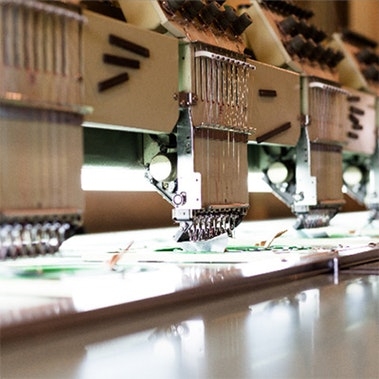By Andrew Chien and Jennifer Wong
This article first appeared on Automotive News on June 18, 2018.
Will cars become relics from another automotive age? Some North American manufacturers seem to think so, as they embrace utility vehicles (crossovers, SUVs and other light trucks), while de-emphasizing cars, which have fallen to about a third of the North American market in 2018:
Ford is reallocating $7 billion from cars to build more utilities. By 2020, 90 percent of its product line will be light trucks.
Fiat Chrysler Automobiles is expanding its Jeep brand and electrifying Jeep, Maserati and Fiat offerings. Plans for car-heavy marques Chrysler and Dodge are uncertain.
General Motors is adding crossovers at Cadillac.
The wild card at such times is the price of gasoline, which is rising. If it climbs high enough, will consumers change their minds again? In the past, large-vehicle sales typically did well when gasoline was cheap and tightened as prices rose.
Could the same thing happen in the future? Granted, utility vehicle combined city-highway fuel economy, roughly 20 to 26 mpg, is approaching that of cars. And Americans appear to crave the extra utility these vehicles offer, as well as the higher seating position and the image of off-road ability. Lacking a crystal ball, how can automakers ensure they're not blindsided by such a shift in the future?
Agility wins in this environment.
The move from cars creates another level of uncertainty in a highly uncertain automotive landscape, one that places a premium on product agility and the ability to shift product portfolios quickly
Such periods have occurred before, notably the shift from full-size to smaller, more economical cars in the 1980s because of gasoline price changes and shifting consumer preferences. This time, we believe automakers should focus on three types of agility as safeguards against uncertainty:
1. Agile platform sharing. Manufacturers can increase the number of shared platforms across vehicle lines; it's already common to have the same size car and crossover built on the same line. Modularity offers even greater commonality opportunities, integrating platforms, components and parts to increase flexibility. Companies can design vehicles on existing platforms to reduce product development times while using the same manufacturing processes to lower investment costs. Similarly, they now share powertrains widely across segments, blurring the historical distinctions between cars and trucks.
2. Agile manufacturing strategies. With dedicated car or utility-vehicle plants and a few potentially flexible ones, how quickly could a manufacturer change its vehicle mix if the market changed tomorrow? The most flexible mass-market automakers have worked for years to develop the capability to build different products on the same line, moving products from line to line and plant to plant successfully and rapidly.
3. Agile product development.As demands for new products become sharper and consumer technologies permeate the vehicle, successful automakers have made their product development processes more agile, especially in terms of time to market. Regionalized product adaptations and "top hat" variants give global product development teams better control over development costs, strengthening the manufacturers' ability to maintain economies of scale.
Today, the market demands light trucks, but that could change quickly. Navigating these kinds of market switchbacks successfully requires an agile process and a strategy capable of adapting to rapid change. In this kind of environment, automakers must work to anticipate and establish the agility they will undoubtedly need in the future.




